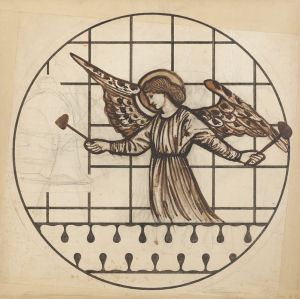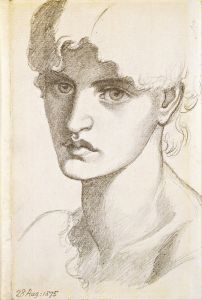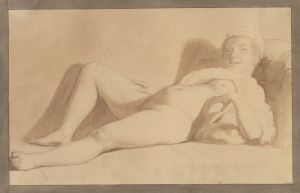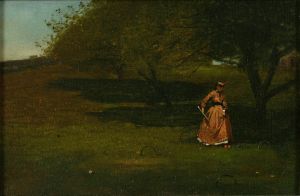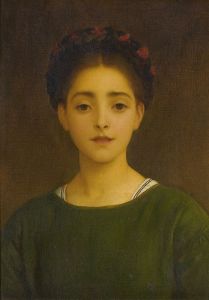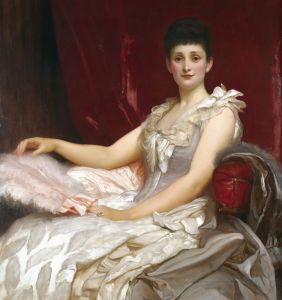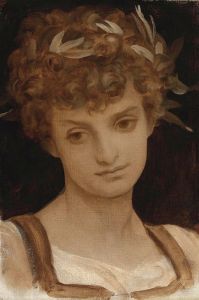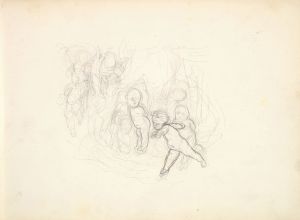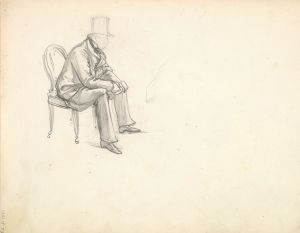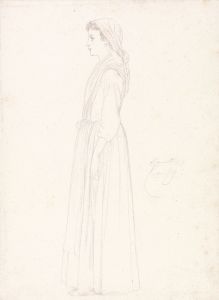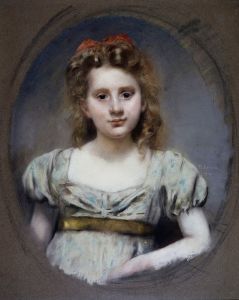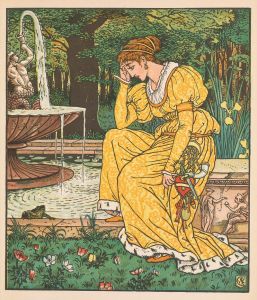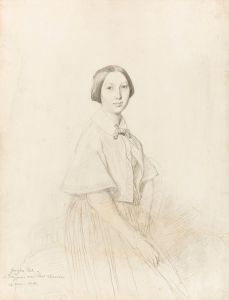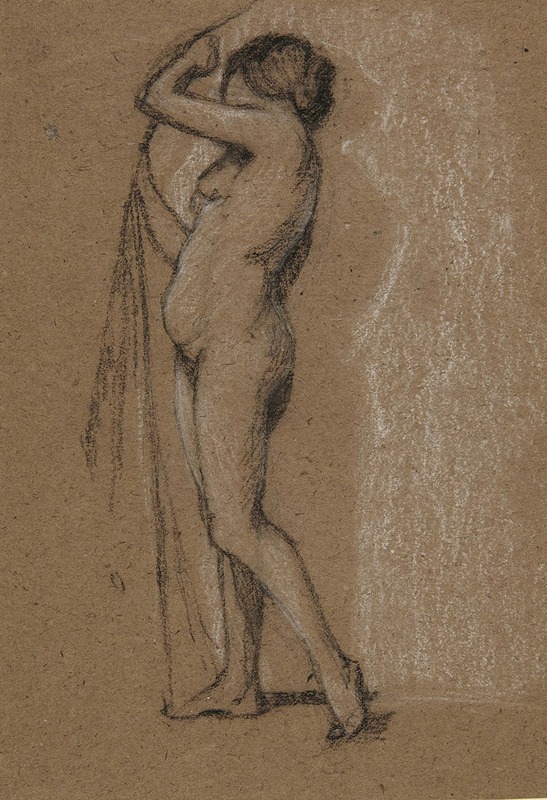
Female nude
A hand-painted replica of Frederic Leighton’s masterpiece Female nude, meticulously crafted by professional artists to capture the true essence of the original. Each piece is created with museum-quality canvas and rare mineral pigments, carefully painted by experienced artists with delicate brushstrokes and rich, layered colors to perfectly recreate the texture of the original artwork. Unlike machine-printed reproductions, this hand-painted version brings the painting to life, infused with the artist’s emotions and skill in every stroke. Whether for personal collection or home decoration, it instantly elevates the artistic atmosphere of any space.
Frederic Leighton, an eminent British artist of the 19th century, is renowned for his contributions to the academic art movement. Among his works, "Female Nude" stands out as a testament to his mastery in depicting the human form with elegance and precision. Although specific details about this particular painting are scarce, Leighton's oeuvre provides a context for understanding his approach and style.
Leighton was born in 1830 in Scarborough, England, and he became a pivotal figure in the Victorian art scene. He was deeply influenced by the classical traditions of the Renaissance and the ideals of beauty and harmony. His education at the Royal Academy of Arts and his extensive travels across Europe, particularly in Italy, enriched his artistic vision. Leighton was known for his meticulous technique and his ability to infuse classical themes with a sense of modernity.
The "Female Nude" by Leighton exemplifies his dedication to the academic style, characterized by its emphasis on anatomical accuracy, idealized beauty, and a polished finish. In this painting, Leighton likely employed his skills in drawing and composition to create a work that celebrates the grace and form of the female body. His nudes often reflect a serene and contemplative mood, capturing the subject in a moment of quiet introspection.
Leighton's approach to the nude was informed by his belief in the importance of the human figure as a central subject in art. He viewed the nude as a vehicle for exploring themes of beauty, purity, and the timeless qualities of the human condition. His works often draw on mythological or allegorical themes, though it is unclear if "Female Nude" specifically references such narratives.
Throughout his career, Leighton received numerous accolades and held prestigious positions, including serving as the President of the Royal Academy from 1878 until his death in 1896. His influence extended beyond his paintings, as he played a significant role in shaping the art institutions of his time.
While detailed information about "Female Nude" is limited, the painting can be appreciated within the broader context of Leighton's artistic legacy. His works continue to be celebrated for their technical excellence and their ability to convey the enduring allure of classical beauty. Leighton's art remains a significant part of the Victorian era's cultural heritage, reflecting the period's fascination with the intersection of tradition and innovation.
In summary, Frederic Leighton's "Female Nude" is a reflection of his skillful artistry and his commitment to the ideals of academic art. Although specific details about the painting are not extensively documented, it stands as a representation of Leighton's broader contributions to the art world, characterized by his pursuit of beauty and his reverence for the classical form.





